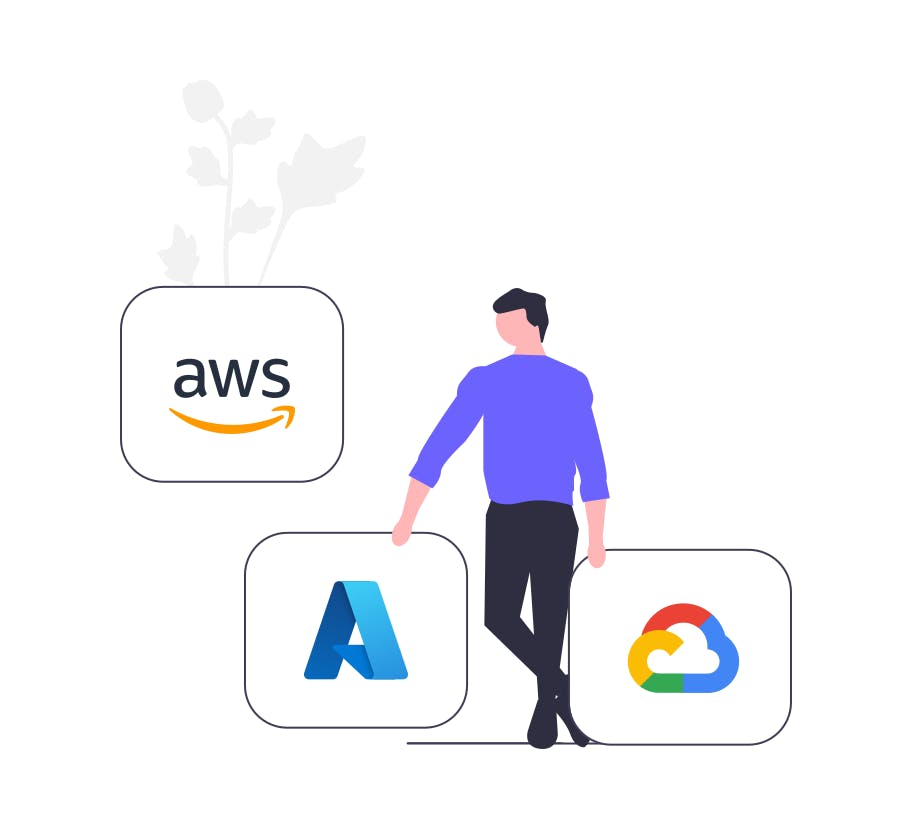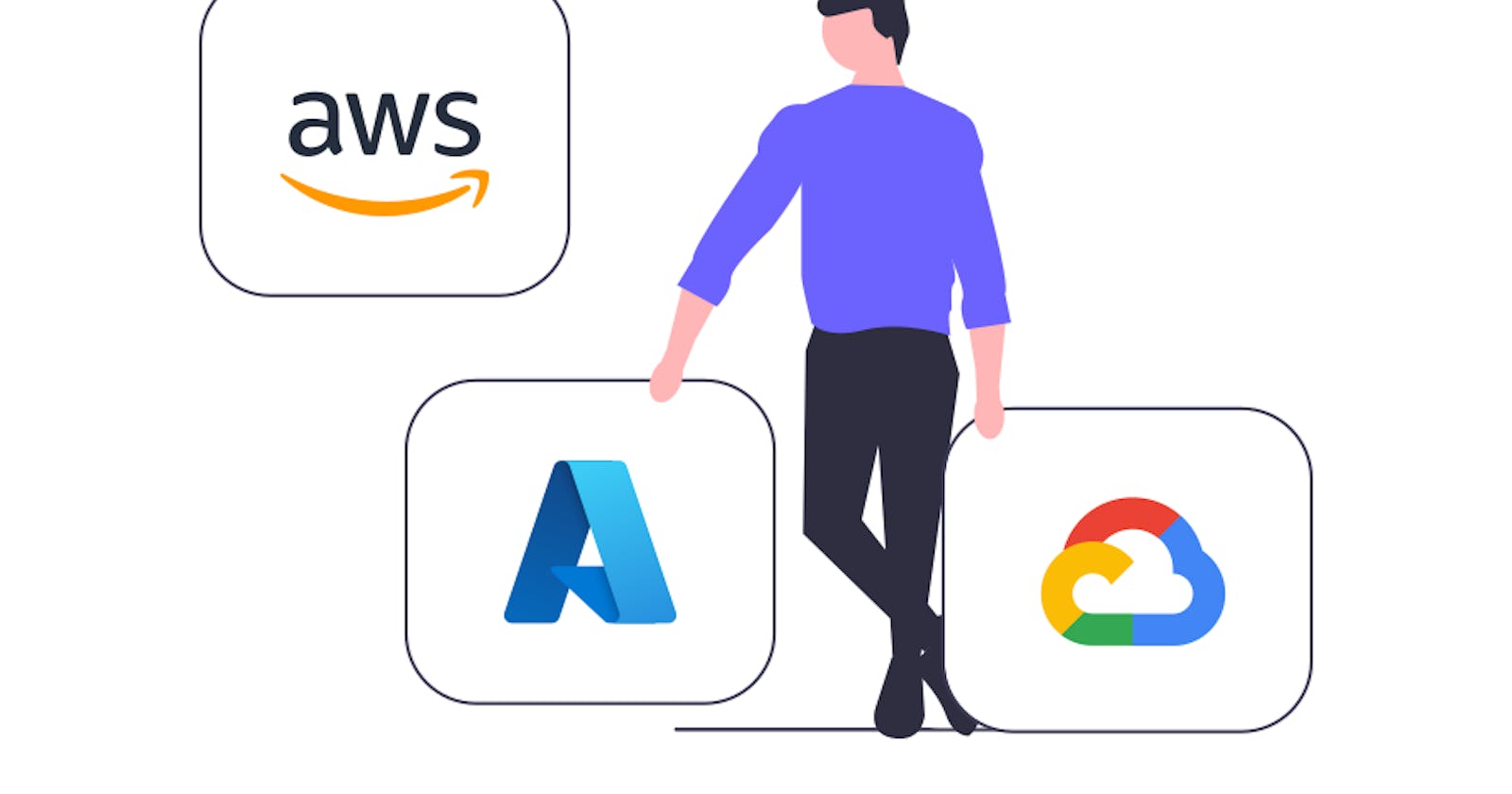
Build scalable cloud infrastructure and web applications with the utmost speed and flexibility
Examining two paradigms to take into account when creating new web applications
Adaptive architecture is a framework that allows for the dynamic adaptation of a software system’s structure and behavior in response to changing conditions. One key component of this framework is the use of a cloud-based platform to support the scalability and flexibility necessary for this type of system.
Utilizing automation tools to manage the deployment and administration of the system’s infrastructure, such as Klotho and Pulumi, is another crucial aspect of adaptive architecture. While Pulumi is a cloud development platform that enables developers to use their existing knowledge of programming languages like Python to define and manage their infrastructure as code, Klotho is a software tool that automates the creation and management of cloud infrastructure (more on these later).
These platforms and tools work together to offer a potent set of capabilities for creating adaptive systems that can instantly adapt to changing conditions and demands. This offers a level of flexibility and agility that is crucial in today’s quickly shifting business environment, as well as enabling organizations to quickly and easily scale their systems to meet changing demands.
Additionally, as the most widely used language in cloud development, Python plays a significant role in this adaptive architecture, allowing developers to build efficient and robust applications by leveraging its vast libraries.
Next, we have Progressive web apps (PWAs).
PWAs are web applications that simulate the functionality of native apps in a browser. PWAs give users an app-like experience, including offline functionality and the ability to be installed on a user’s device, by utilizing contemporary web technologies like service workers and web manifest files.
Adaptive architecture refers to the design of systems that can adapt to changing conditions and environments. In the context of PWAs, adaptive architecture can involve using different technologies and techniques to provide a consistent user experience across a wide range of devices and network conditions.
One way to implement adaptive architecture in PWAs is through the use of Klotho, an open-source tool that can be used to build adaptive and responsive user interfaces. Klotho uses machine learning to adapt the layout and behavior of a website or app based on factors such as screen size, network conditions, and user behavior.
Another way to implement adaptive architecture is through the use of Pulumi, a cloud-native development platform. Pulumi allows developers to use familiar programming languages such as JavaScript, TypeScript, and Python to define and deploy their infrastructure as code, making it easy to create, manage, and update the infrastructure that powers a PWA.
Additionally, using cloud services such as AWS, GCP or Azure is another option for Progressive Web App to enable Adaptive Architecture. Cloud services offers scalability, flexibility, security, and cost-efficiency which are key features for a production-ready PWA.
To sum up, adaptive architecture refers to a method of creating software systems that enables dynamic adaptation in response to shifting circumstances. This framework is backed by a cloud-based platform and automation tools like Klotho and Pulumi, with Python as the main programming language. This allows organizations to quickly and easily scale their systems to meet changing demands and achieve a level of flexibility and control. Progression Web Apps and Adaptive Architecture can be a powerful combination for providing a rich, app-like experience to users across a wide range of devices and network conditions. With tools like Klotho and Pulumi, developers can build PWAs that adapt to the user’s environment and provide a seamless, personalized experience. Along with cloud services which enable the necessary infrastructure for the PWA to work efficiently.


